10 Art Therapy Exercises for Trauma Recovery
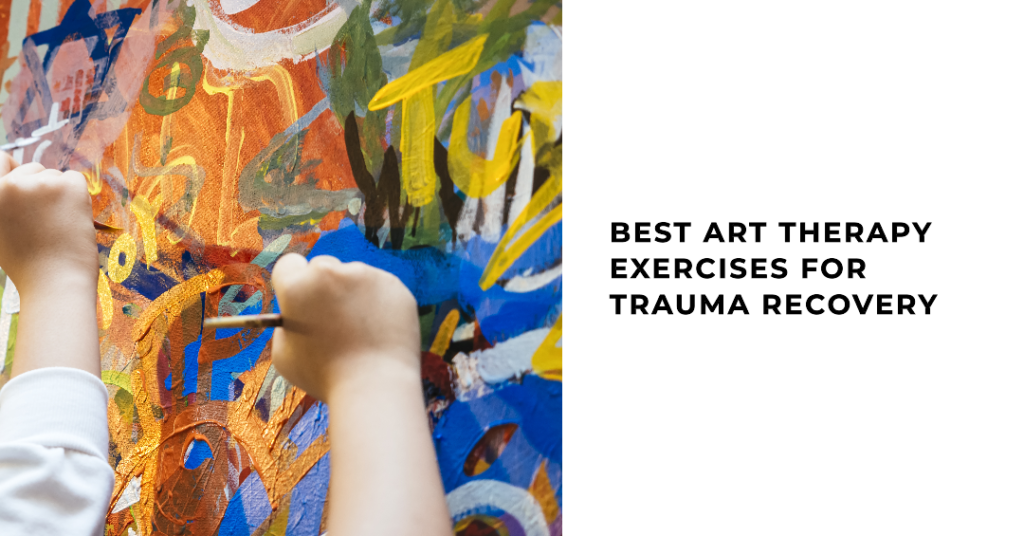
Trauma is a deeply distressing experience that can leave lasting emotional scars. It can be caused by a wide range of events, from natural disasters and accidents to abuse and violence. Recovering from trauma can be a long and difficult process, but art therapy has proven to be an effective tool in helping individuals heal and move forward.
Art therapy is a form of psychotherapy that uses creative expression to promote emotional well-being and mental health. It allows individuals to express their thoughts and feelings in a safe, non-verbal way, which can be particularly helpful for those who have experienced trauma and may struggle to put their experiences into words.
The Benefits of Art Therapy for Trauma Recovery
Art therapy has been shown to have numerous benefits for individuals recovering from trauma. It can help to:
- Reduce symptoms of anxiety, depression, and PTSD
- Improve self-esteem and self-awareness
- Promote relaxation and stress relief
- Encourage emotional expression and processing
- Develop coping skills and resilience
By engaging in creative activities, individuals can explore their emotions, gain insight into their experiences, and develop new perspectives on their trauma. Art therapy can also provide a sense of control and mastery, which can be empowering for those who have felt powerless in the face of their trauma.
The Science Behind Art Therapy for Trauma Recovery
Research has shown that art therapy can be a highly effective tool in the treatment of trauma. A study published in the Journal of Traumatic Stress found that art therapy significantly reduced symptoms of post-traumatic stress disorder (PTSD) in a group of veterans (Kopytin & Lebedev, 2013). The study participants reported improvements in sleep, mood, and social functioning after participating in art therapy sessions.
Another study published in the journal Art Therapy found that art therapy helped reduce symptoms of depression and anxiety in a group of women who had experienced domestic violence (Schouten et al., 2015). The researchers noted that art therapy provided a safe and supportive space for the women to process their experiences and develop coping skills.
The American Art Therapy Association (AATA) also recognizes the benefits of art therapy for trauma recovery. According to the AATA, art therapy can help individuals who have experienced trauma by:
- Providing a non-verbal means of communication and expression
- Promoting relaxation and stress reduction
- Enhancing self-esteem and self-awareness
- Facilitating the processing of traumatic memories and experiences
- Developing healthy coping skills and problem-solving abilities
(American Art Therapy Association, 2021)
In addition to these benefits, art therapy has also been shown to have a positive impact on the brain. A study published in the journal PLOS One found that engaging in creative activities, such as drawing and painting, can increase functional connectivity in the brain (Bolwerk et al., 2014). This increased connectivity can lead to improved cognitive function and emotional regulation, which are important for trauma recovery.
These research findings and endorsements from reputable organizations demonstrate the effectiveness of art therapy for trauma recovery. By incorporating art therapy into a comprehensive treatment plan, individuals who have experienced trauma can find healing, growth, and empowerment.
1. Safe Place Drawing
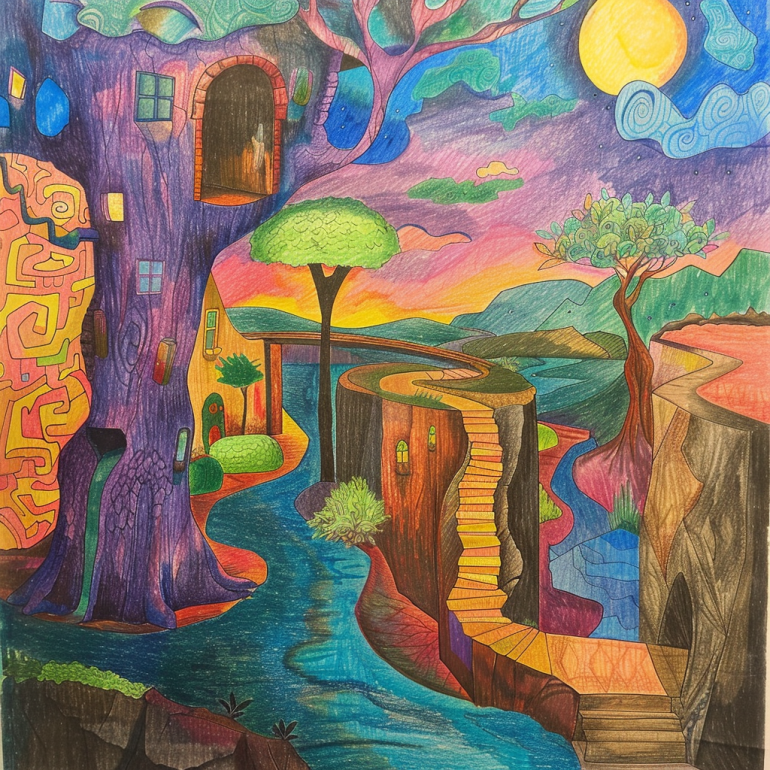
Time Required: 30-45 minutes
Materials Needed: Paper, colored pencils, markers, or crayons
This exercise involves creating a drawing of a place where you feel safe, calm, and at peace. It can be a real place or an imaginary one. Focus on the details that make this place special to you, such as the colors, textures, and objects present. This exercise can help you visualize a safe space to retreat to when feeling overwhelmed or triggered by traumatic memories.
2. Feelings Collage

Time Required: 45-60 minutes
Materials Needed: Magazines, newspapers, scissors, glue, paper
Create a collage that represents your current emotions or the emotions you experienced during a traumatic event. Cut out images, words, and phrases from magazines and newspapers that resonate with you and arrange them on a piece of paper. This exercise can help you identify and express your feelings in a tangible way.
3. Body Outline
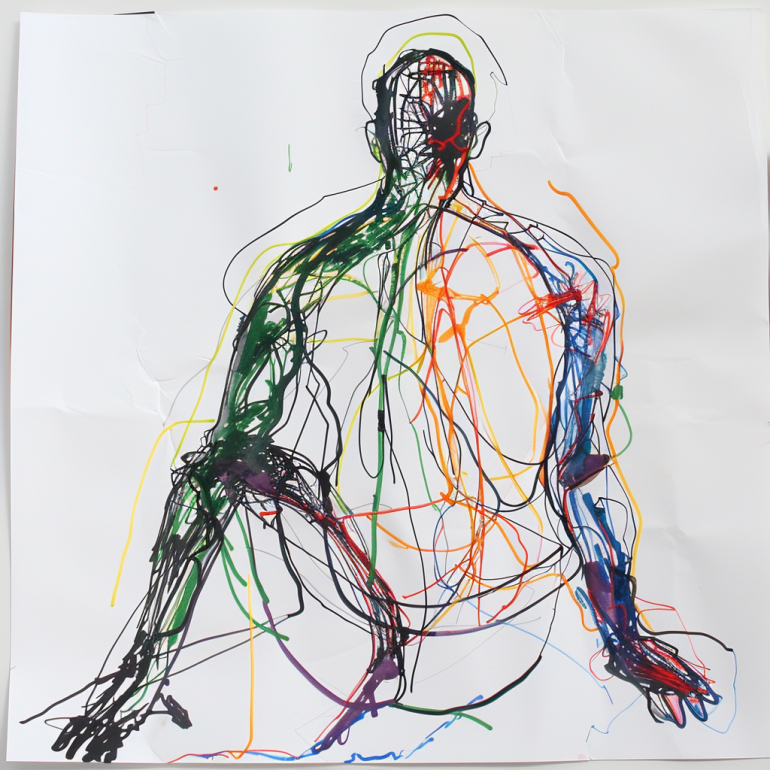
Time Required: 30-45 minutes
Materials Needed: Large piece of paper, markers, or crayons
Trace an outline of your body on a large piece of paper. Inside the outline, draw or write about the physical sensations and emotions you experience in different parts of your body when thinking about the traumatic event. This exercise can help you connect your physical experiences with your emotional ones and promote self-awareness.
4. Mandala Drawing
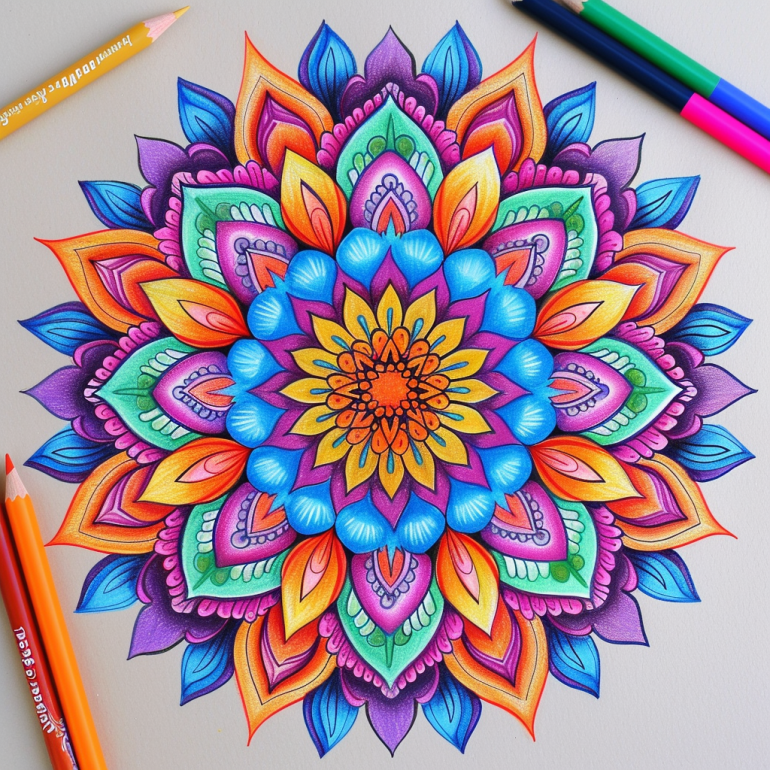
Time Required: 30-60 minutes
Materials Needed: Paper, colored pencils, markers, or crayons
Mandalas are circular designs that can be found in various cultures and have been used for centuries as a tool for meditation and self-expression. Create your own mandala by starting with a simple circle and adding patterns, shapes, and colors that feel meaningful to you. This exercise can be calming and help you focus on the present moment.
5. Trauma Timeline
Time Required: 60-90 minutes
Materials Needed: Paper, pencil, markers, or crayons
Create a timeline of your life, marking significant events, both positive and negative. Use different colors or symbols to represent different types of events, such as traumatic experiences, happy memories, and turning points. This exercise can help you gain perspective on your experiences and recognize patterns or themes in your life story.
Learn more about the Art Therapy Practitioner Certification
6. Self-Portrait
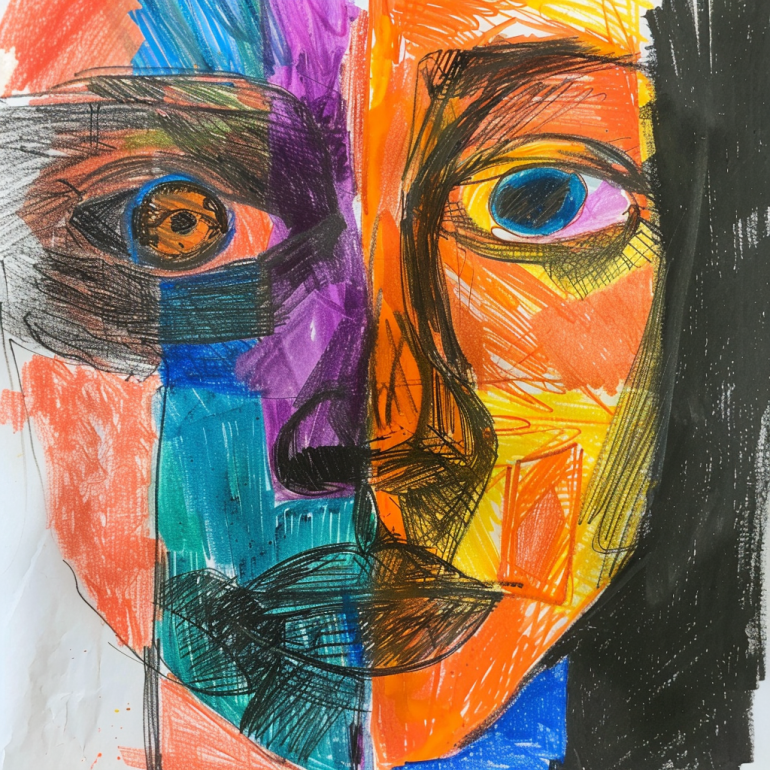
Time Required: 45-60 minutes
Materials Needed: Paper, pencil, markers, or crayons
Draw a self-portrait that represents how you see yourself, both physically and emotionally. You can use colors, symbols, or words to express different aspects of your identity. This exercise can help you explore your sense of self and promote self-acceptance.
7. Gratitude Painting
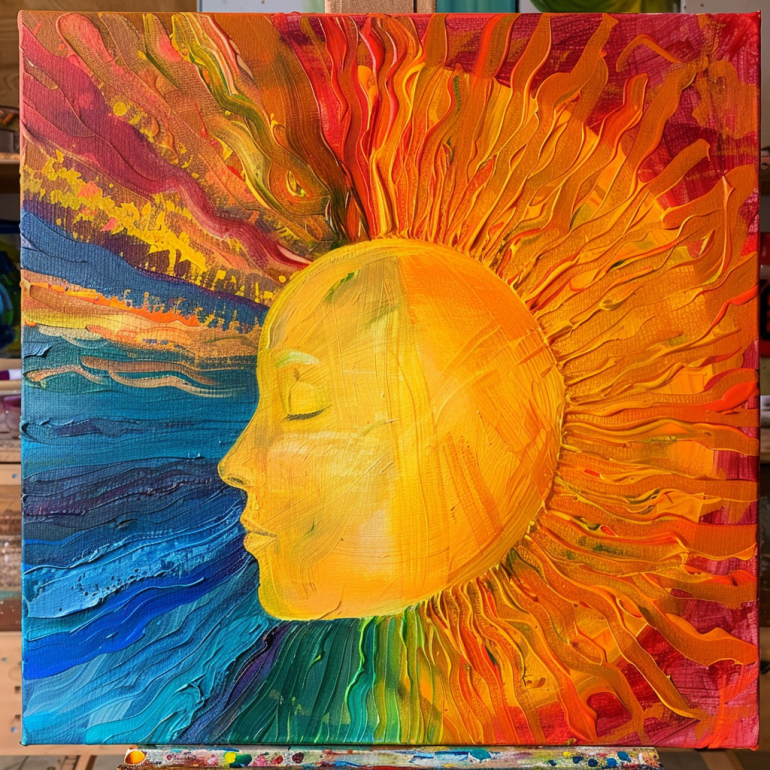
Time Required: 30-45 minutes
Materials Needed: Paper, paints, brushes
Create a painting that represents the things you are grateful for in your life. This can include people, places, experiences, or personal strengths. Focusing on gratitude can help shift your perspective and promote positive emotions, which can be helpful in the healing process.
8. Clay Sculpture
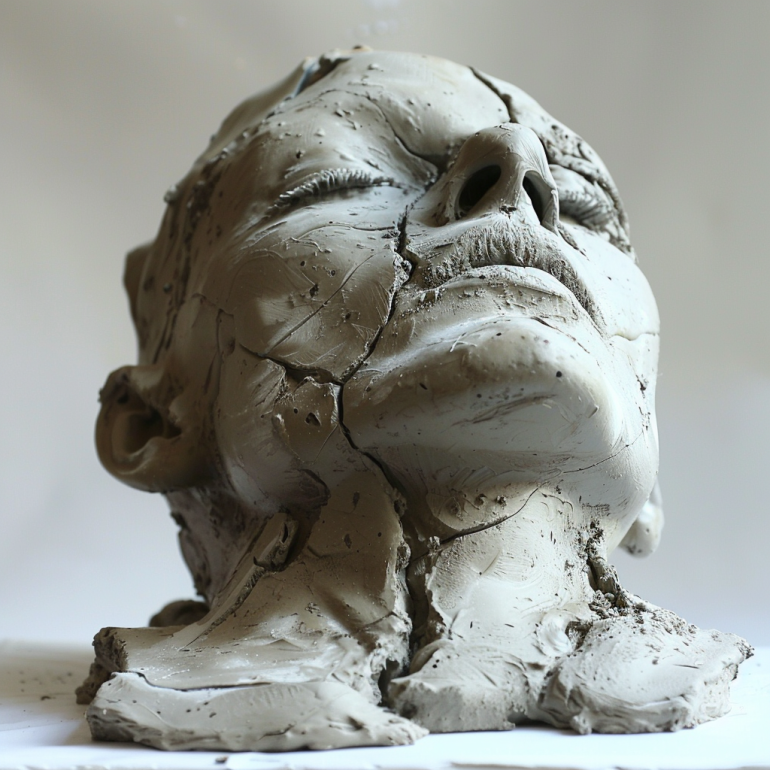
Time Required: 45-60 minutes
Materials Needed: Clay or play dough
Use clay or play dough to create a sculpture that represents your journey of healing and growth. This can be an abstract or figurative piece. Working with clay can be a tactile and grounding experience, which can be helpful when dealing with traumatic memories.
Discover 50 Art Therapy Exercises for Children, Adults, and Seniors
9. Positive Affirmation Cards
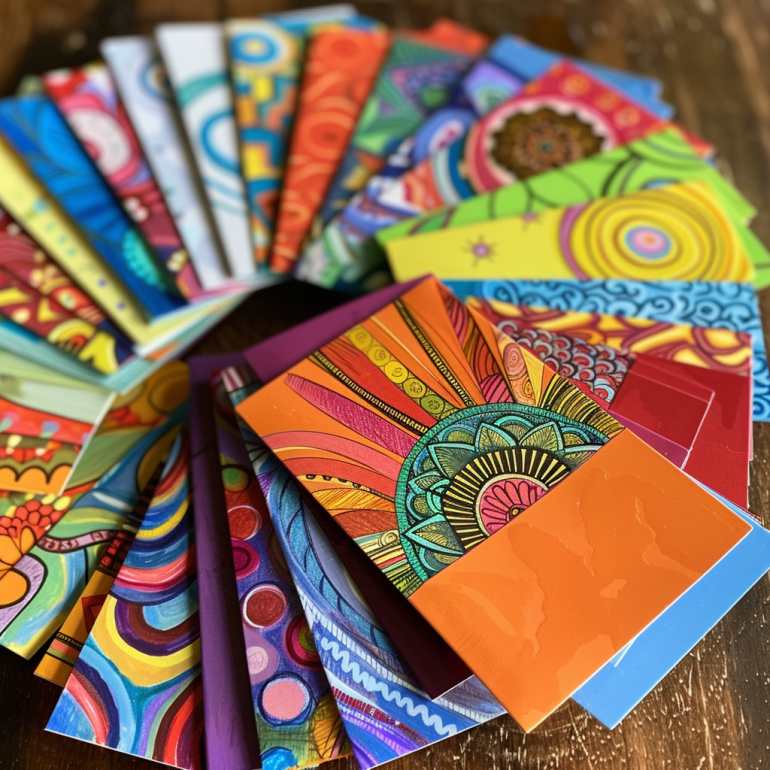
Time Required: 30-45 minutes
Materials Needed: Index cards, markers, or colored pencils
Create a set of cards with positive affirmations or encouraging messages for yourself. Decorate each card with colors, patterns, or images that resonate with the message. Keep these cards in a visible place or carry them with you as a reminder of your strength and resilience.
10. Group Mural
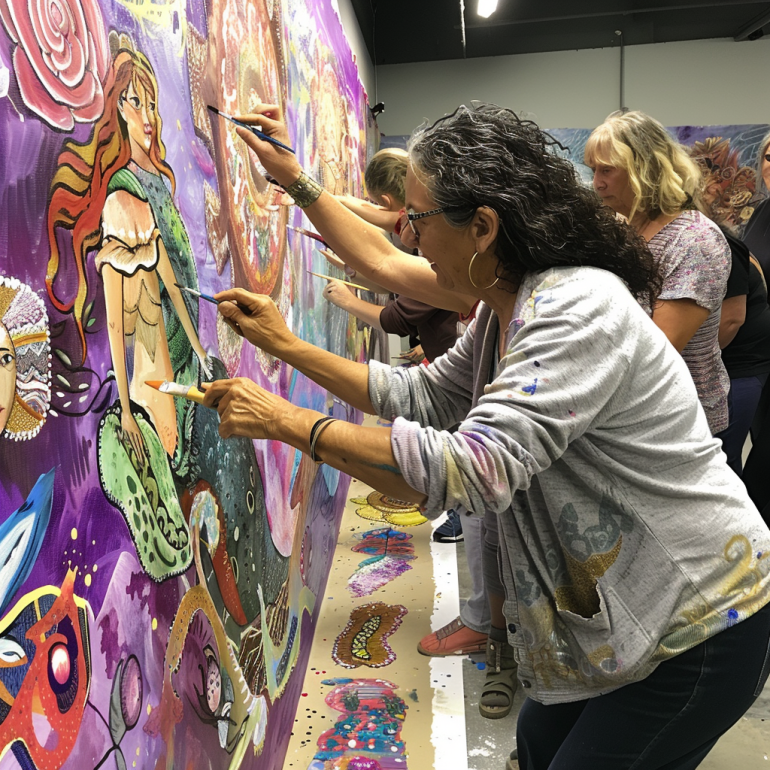
Time Required: 60-90 minutes
Materials Needed: Large paper or canvas, paints, brushes
If you are working with a group of individuals who have experienced trauma, create a collaborative mural that represents your shared experiences and hopes for healing. Each person can contribute to the mural in their own way, using colors, images, and symbols that are meaningful to them. This exercise can foster a sense of connection and support among group members.
Conclusion
Art therapy is a powerful tool for individuals who have experienced trauma. By engaging in creative expression, you can process your emotions, develop coping skills, and promote healing and growth. The exercises outlined in this article are just a starting point – there are countless ways to use art therapy to support your journey of recovery.
If you’re interested in learning more about art therapy and how it can benefit you or someone you know, we encourage you to explore our other resources:
- Art Therapy Activities for Stress Reduction
- Art Therapy Exercises for Dementia
- Art Therapy for Addiction Recovery
- Art Therapy for Veterans
- Art Therapy for Autism
- 8 Best Art Therapy Exercises for Grief Recovery
- 10 Best Art Therapy Activities for Teenagers
- Art Therapy for Seniors
- Benefits of Art Therapy for Adults
- Art Therapy Exercises to Unleash Children’s Potential
Remember, healing is a journey, and it’s important to be patient and compassionate with yourself along the way. Art therapy can be a valuable tool in your toolkit, but it’s not a substitute for professional mental health treatment. If you’re struggling with the effects of trauma, we encourage you to reach out to a qualified therapist or counselor who can provide the support and guidance you need.
At Scholistico, we believe in the power of art therapy to transform lives. That’s why we offer an Art Therapy Practitioner Certification program, designed to equip you with the skills and knowledge you need to use art therapy in your personal or professional life. Whether you’re a mental health professional looking to expand your toolkit or simply someone who believes in the healing power of creativity, our certification program can help you make a difference in the lives of others.
We hope that this article has inspired you to explore the benefits of art therapy for trauma recovery. Remember, you are not alone, and there is hope for healing and growth. With the right tools and support, you can emerge from the darkness of trauma and create a brighter, more beautiful future.

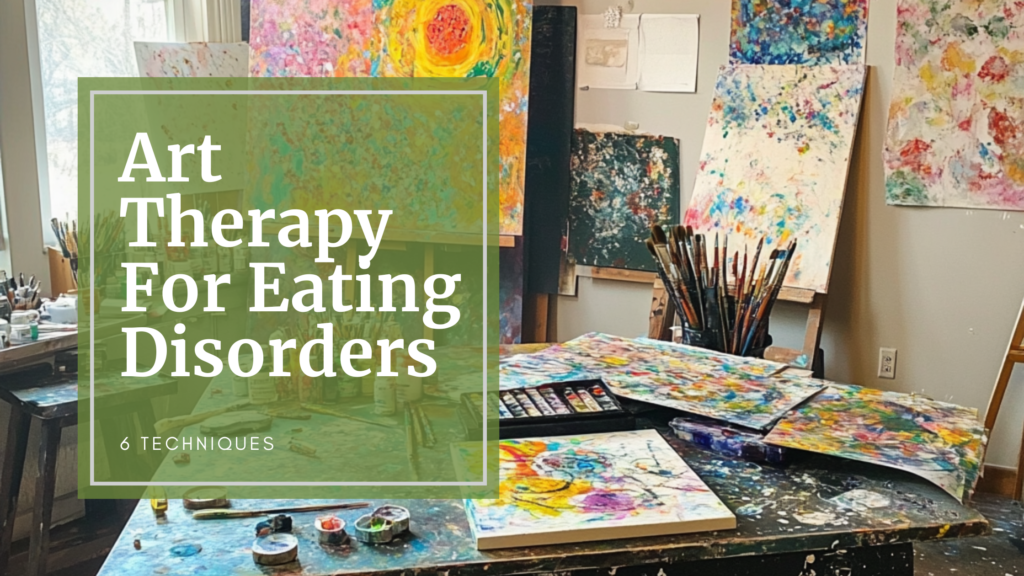

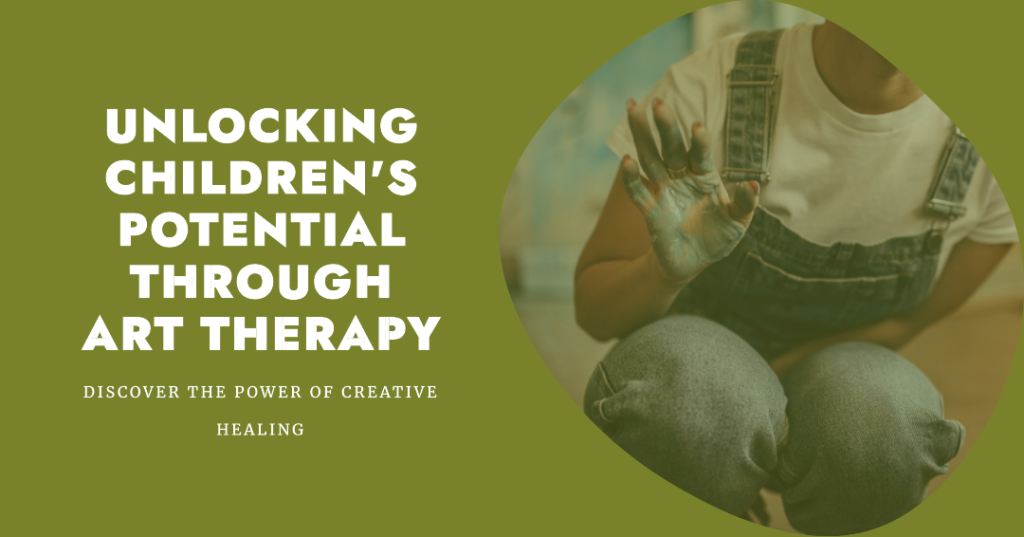
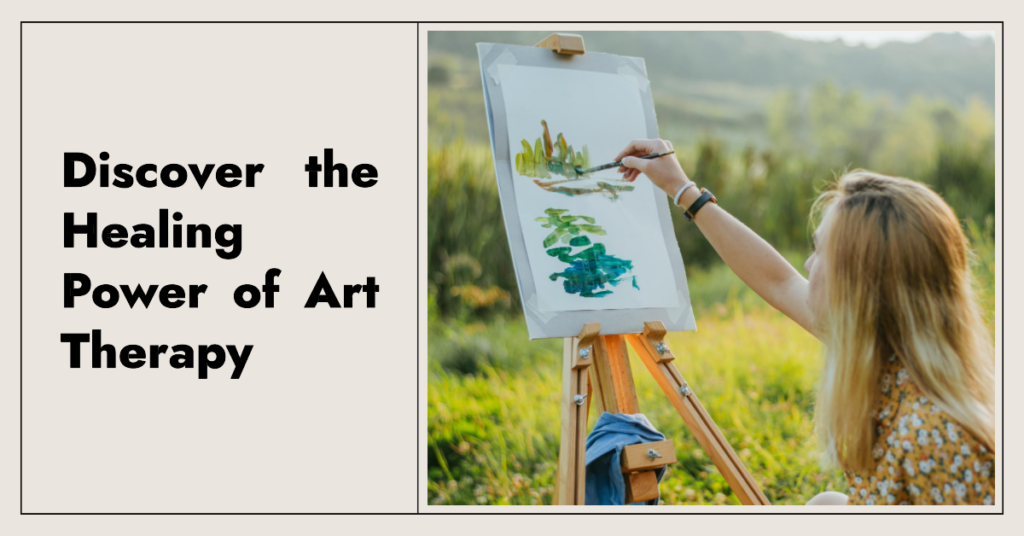
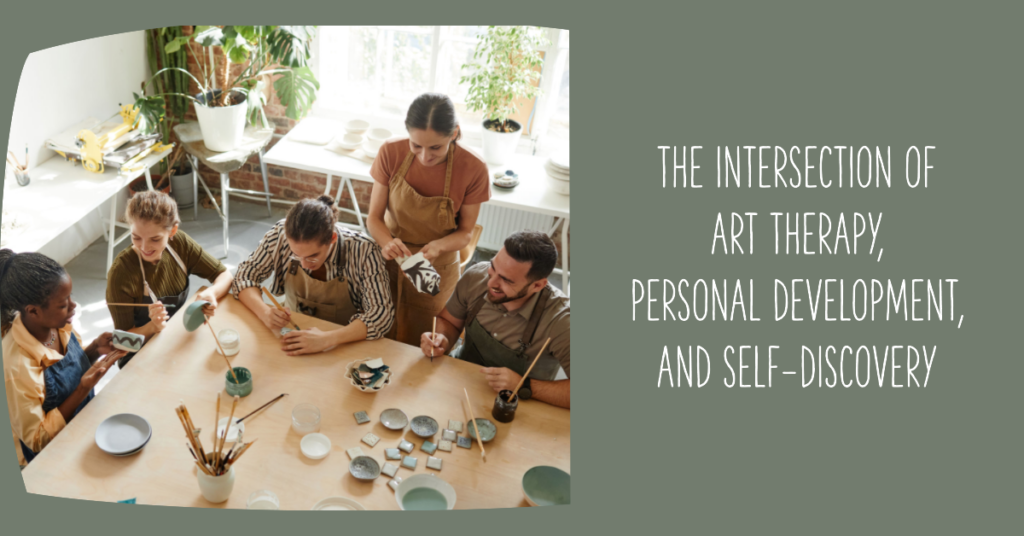





I see several practices in this article that I can use with my students: especially the mandalas and self portraits.
This is beautiful. I love these activities.
Good stuff 👌
Great ways to express feelings of hurt and sadness. To get that pain out and stick it on paper. A good way to release unwanted emotions.